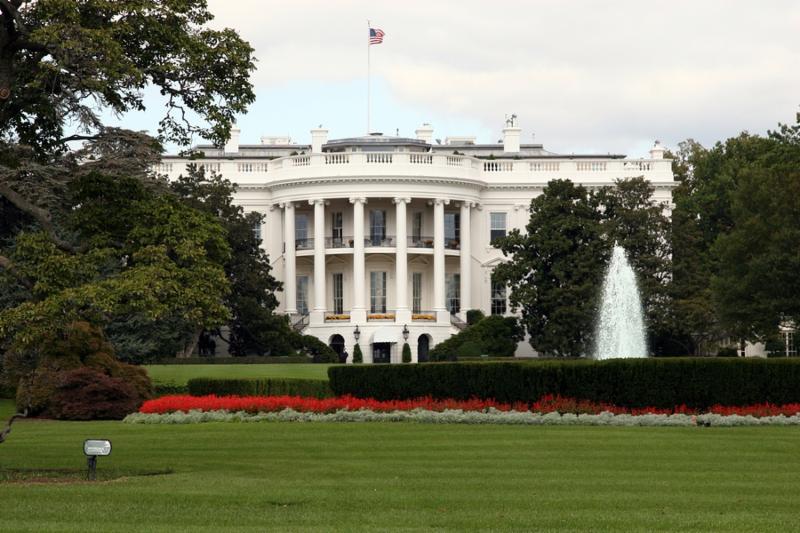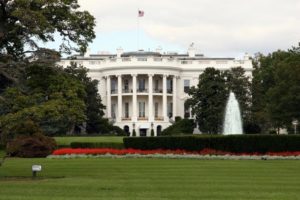
Earlier this morning, NHC sent the following statement below to the media regarding President Trump’s FY 2018 budget proposal. Given the threats this budget poses, housers must come together as an interconnected and interdependent housing and community development continuum to make a compelling case for housing funding. Please join us for our March 30 Budget Forum webinar to discuss advocacy and communications strategies to help us connect with lawmakers from both parties.
Today the Trump administration released a budget proposal for FY 2018 that includes a $6.2 billion cut to the U.S. Department of Housing and Urban Development (HUD). The proposal would also cut additional housing and community development funds from the Department of Agriculture and the Department of the Treasury. If enacted by Congress, these cuts would devastate the housing and community development efforts that are building new infrastructure, revitalizing neighborhoods, spurring economic development and ensuring access to safe, decent affordable homes for millions of Americans.
“President Trump’s budget for HUD would severely limit the ability of state and local governments to meet their communities’ housing and infrastructure needs,” said Chris Estes, president and CEO of the National Housing Conference, a nonpartisan affordable housing advocacy organization. “The president’s proposed budget sacrifices the security of older adults and people with disabilities, and will actually make it harder for President Trump to bring opportunity to urban and rural America as promised.”
The proposal from the Trump administration includes elimination of aid to communities large and small through the HOME Investment Partnerships and Community Development Block Grants (CDBG); painful limitations on public housing and rental assistance despite rising need; elimination of capacity-building programs for nonprofits doing affordable housing and community development; elimination of the Community Development Financial Institutions Fund which supports community development and affordable housing lending; elimination of regional initiatives to address rural poverty; elimination of homeownership help beyond FHA lending; cuts to staffing in USDA Rural Development offices that support rural housing; and many other cuts.
HUD and USDA assistance provide access to affordable homes in urban, rural and suburban communities and are a key part of the solution to the shortage of affordable rental homes currently experienced in communities across America. Essential workers are often shut out of the rental and homeownership markets in the communities where they work. For example, NHC research finds that school bus drivers are unable to afford to rent or own a home in any of 210 metropolitan areas in the U.S. The tradeoff for many Americans is long, stressful commutes, substandard housing or difficult choices between paying the rent and paying for other essentials like medical care.
“Programs like rental assistance and CDBG are about more than just development. Living in an affordable, healthy home directly affects the ability of children to succeed in school and the health of older adults and people with disabilities,” said Estes.”Access to quality stable homes is a key component of reducing health care costs, especially in Medicare and Medicaid. We look forward to joining our colleagues in housing and community development to work with members of Congress to ensure the final HUD and Agriculture budgets better meet the needs of our communities.”
The budget release is short on detail, leaving most of the work in Congress’ hands to put together a FY 2018 budget that meets the pressing needs of people and communities in America.


